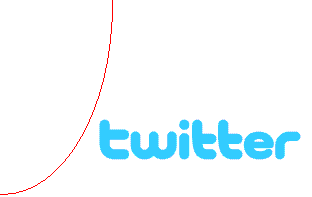
Twitter has been having all kinds of scaling challenges. There have been hundreds, if not thousands, of posts on the subject. Dave Winer pushed an idea for a decentralized Twitter (and has since admitted the power of Twitter is in its centrality). There is a single, simple, reason for Twitter’s challenges – Math is against them.
The facility of communication on the Twitter service is absolutely outstanding. I’ve written extensively about using it to receive an amazing amount of quality information in my series on flow.
I originally questioned the scaling ability of the service prior to SXSW, but when the service held up I went back to the drawing board to make sure my numbers were correct.
Before continuing, let’s establish the basics about the service so the math will make sense…
- Each Twitter account can follow any other Twitter account (bear with me and forget those accounts with private updates).
- Messages travel in one direction, from the updater to the follower.
- Each account has updates from other accounts it follows placed in its timeline.
- A Twitter account can selectively receive pushed updates immediately via instant messenger and SMS in addition to having an update added to its timeline.
- An update added to an account’s timeline may or may not be push based (lets assume it’s demand driven, or pull based).
- An update sent to an account from an account denoted as SMS or IM announcement is push based (there is no other way to send an update – it must be actively pushed from the server).
- The mere possibility of an update needing to be pushed requires the system to check with each follower’s settings, thus requiring analysis of each follower for each update.
A warm-up equation
If there are one hundred (100) users and each user follows ten (10) fellow users, and each user sends ten (10) updates per day, assuming all updates are push-based, how many updates are sent?
